We may earn revenue from the products available on this page and participate in affiliate programs. Learn More ›
Are you gearing up for a bathroom overhaul? Join the club. In a 2023 study by the Home Improvement Research Institute, nearly one in five homeowners reported that they were planning a bathroom remodel for 2024. According to the National Association of Home Builders (NAHB) Remodelers, bathroom redos are the most common renovation project—and whether you’re replacing an outdated vanity or overhauling the entire space, they’re not cheap. Picking the wrong materials or laying out the space without careful consideration means that you’ll soon be spending money to right the mistakes you made.
“Bathroom mistakes can cost homeowners both time and money, depending on the severity of the issue,” says Trisha Hibbs, senior marketing manager at Marcone, parent company of plumbing supplier Speakman. “For example, a poorly installed shower head or faucet may lead to water damage, mold growth, and additional repair expenses. In some cases, fixing these mistakes can result in significant delays and unforeseen costs.”
What can you do to make sure your renovated bathroom is practical, functional, and turns out just as you envisioned? Learn from others’ experiences and avoid these bathroom renovation missteps.
1. Ditching the Bathroom Fan
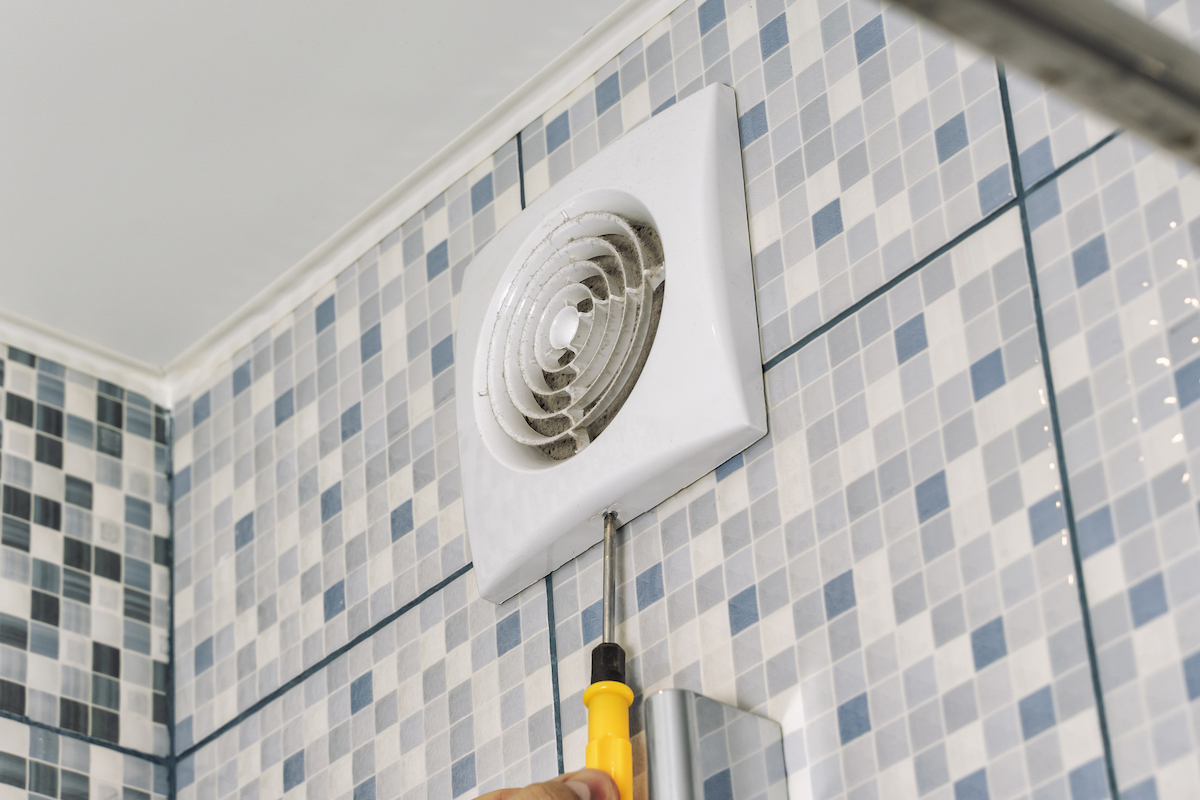
Sure, they can be noisy, but you really don’t want to leave an appropriately sized bathroom exhaust fan out of your new-bathroom plans. Without proper ventilation, humidity gets trapped in the room. This excess moisture can build up over time, deteriorating surfaces, grout, and paint, and it can lead to mildew or mold that can affect health and eventually compromise the room’s structure.
Make sure to vacuum the fan’s vent before its first use to remove construction dust and debris, and vacuum the vent regularly to keep the fan clean and the airflow moving. To determine if your fan is overdue for a cleaning, turn it on and hold a square of toilet tissue up to the vent. If the tissue stays up on its own when you let go, air is still flowing.
Finally, be sure to run the fan during and after showers to clear excess moisture from the bathroom. Even the cleanest, best-quality bathroom exhaust fan is useless if you don’t turn it on.
2. Lacking a Clear Plan
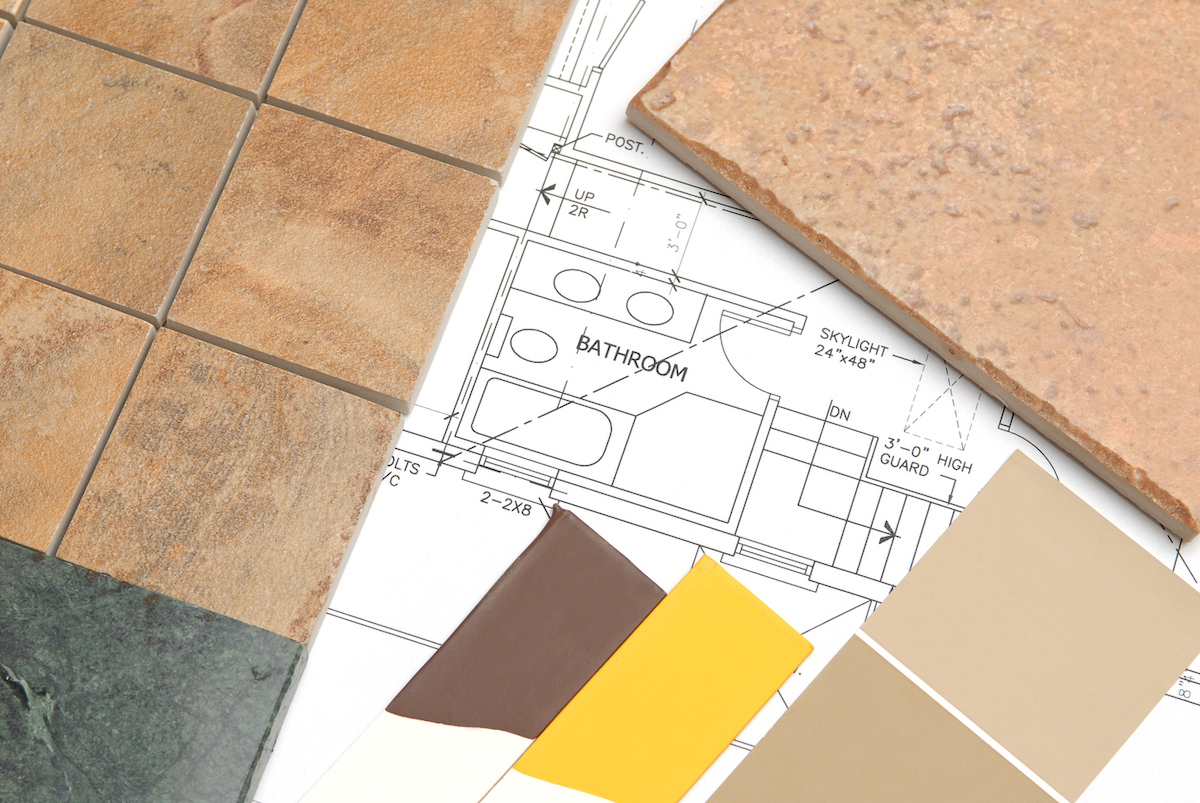
Planning is essential for a successful bathroom remodel. Before demolishing walls and ripping out the toilet, make a plan with precise measurements, anticipated costs, a list of all materials needed, and a timeline. This is not a project that can be done on the fly.
“Underestimating the complexity of remodeling a bathroom is the biggest blunder that DIYers make,” says Dondi Szombatfalvy, CKBD, CLIPP, from Sims, a home remodeling company. In addition to understanding code requirements, recommended clearances, and materials, you need to keep in mind that “the potential for damage to your home is high when dealing with water at every fixture,” Szombatfalvy advises.
Not only is it important to have a written, detailed plan for the remodel, but you should also share it with any family members or contractors who are involved with the project. It’s important to get their feedback before you take the bathroom apart.
3. Not Keeping the Room’s Layout Top of Mind
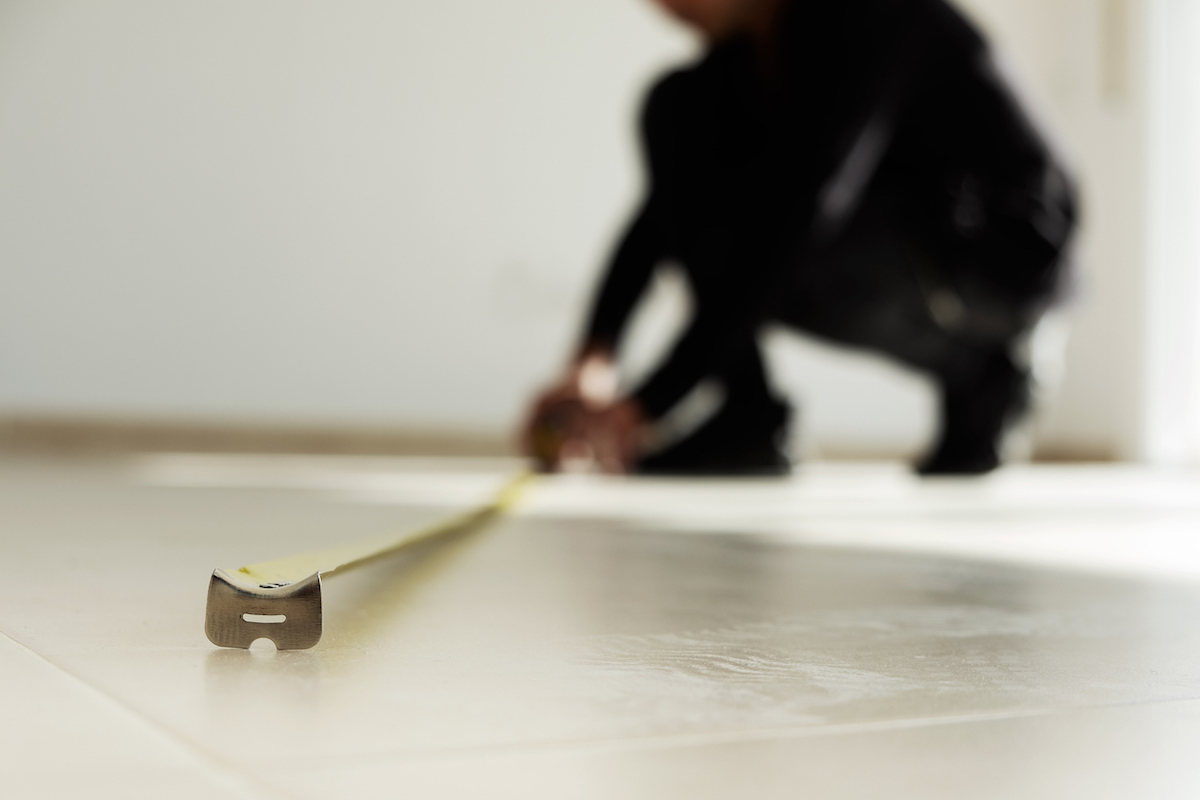
Trust us, it’s way more important for a bathroom to be functional than for it to have expensive marble tiles. The room’s layout and fixture spacing should always be top of mind. If your renovation involves taking down walls and relocating plumbing fixtures, you’ll want to 1) make sure the new layout satisfies building codes for minimal spacing guidelines and 2) be certain that the placement of fixtures and furnishings allows for comfortable everyday use.
For example, the standard rough-in dimensions for a toilet is typically 12 inches from the finished wall to the center of the drainpipe, but different toilets can have different rough-in dimensions. If you’re replacing an existing toilet, it’s crucial to select a model that will fit your bathroom’s layout and available space. While you’re measuring, make sure that the bathroom layout provides enough clearance to open vanity or shower doors completely.
4. Choosing Materials That Aren’t Suitable for Wet Spaces
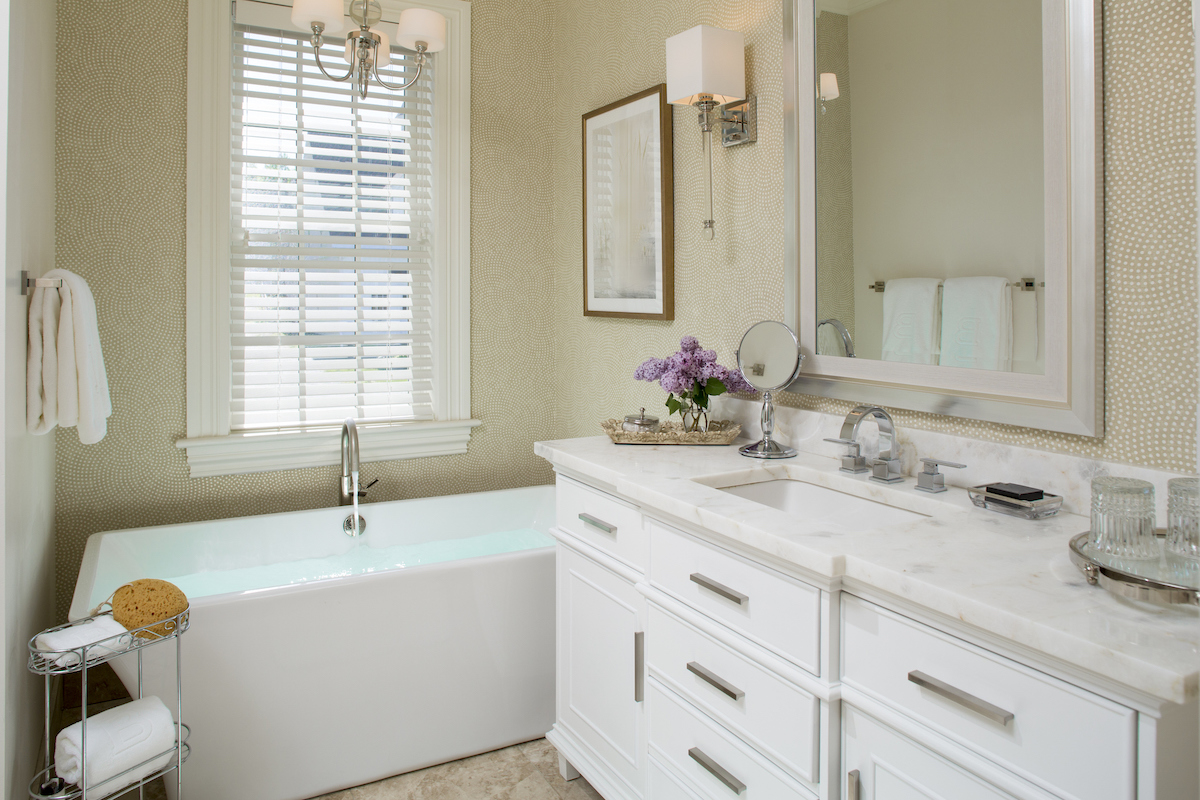
Bathrooms undergo some serious stress, from high moisture levels to quick temperature shifts. To prevent warped or mildewed floors, walls, or vanities, choose materials designed specifically for the bathroom. When you’re spending a ton of money to redo your space, you want to rest easy knowing that your wallpaper can survive high humidity and your wood vanity won’t expand and crack.
Choose your plumbing fixtures carefully, too. “It’s essential to research and select high-quality shower heads and faucets that meet your specific needs and preferences,” says Hibbs. “Additionally, following installation instructions carefully, conducting regular maintenance checks, and addressing any issues promptly can help prevent costly problems down the line.”
5. Having an Unrealistic Budget

Be honest with yourself about your budget, and be sure to convey your financial parameters with any designers or retailers you’re working with. Stick to what you can afford. If you overspend, you’ll have to cut corners somewhere and won’t be pleased with the results. If you’re unwilling to work within a lower budget, save up until you have enough money to do exactly what you want.
No matter the scope of the remodel, unexpected costs do crop up, so err on the safe side by budgeting an extra 15 to 20 percent for surprise expenditures.
6. Not Fixing Minor Mistakes
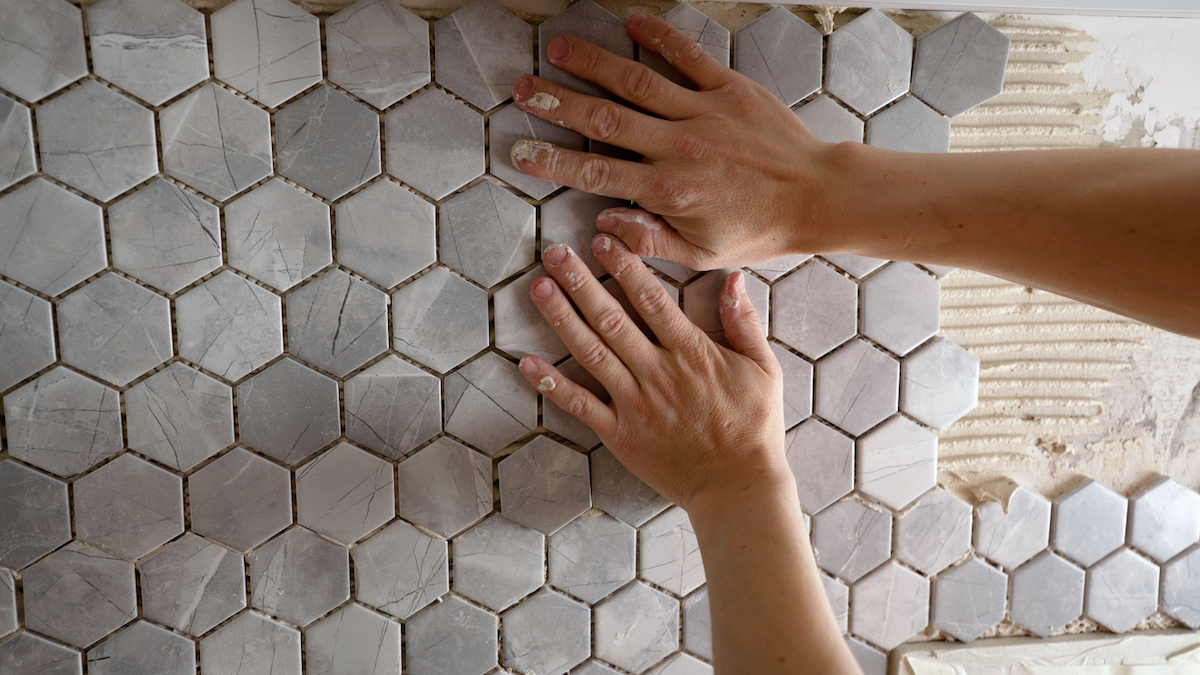
Small glitches in a new tile job or a gap in a bathroom vanity might seem minor, but even the smallest errors will eventually become eyesores.
“From proper slopes on shower benches, niches, and shower curbs to avoid water pooling, to seating the toilet properly, there is no margin for error,” says Szombatfalvy. Even when DIYers immerse themselves in installation instructions, information describing how to deal with difficult or unusual site conditions may not be included. “Experienced professionals are used to dealing with out-of-level floors, walls, and ceilings; managing floor and tub transitions; and undercutting door trim and jambs. Even something as simple as using the wrong adhesive, trowel, or grout can cause an epic fail.”
As your renovation progresses, always fix mistakes, even the smallest ones, as they occur. Don’t persuade yourself to overlook work that’s been done wrong—if you notice it now, you’ll notice it every time you use the space.
7. Hurrying Through the Project

Any renovation is exciting in the beginning, but hard work and long hours cause most people to lose a little steam over time.
“Be realistic about your timeline and be ready to pause your progress to get things right,” says Szombatfalvy. “Avoid taking on a project with a pending family event looming where you will feel pressured to complete the project, potentially sacrificing quality.”
If you’re so eager to see the completed room that you start rushing, you can burn out. Instead, move at a steady pace at the beginning, then slow down at the end to be sure everything is done correctly. Patience pays off.

